
-
Find the right food for your petTake this quiz to see which food may be the best for your furry friend.Find the right food for your petTake this quiz to see which food may be the best for your furry friend.Featured products
 Adult 7+ Small & Mini Chicken & Brown Rice Recipe Dog Food
Adult 7+ Small & Mini Chicken & Brown Rice Recipe Dog FoodFor the unique nutritional needs of mature Small & Mini dogs
Shop Now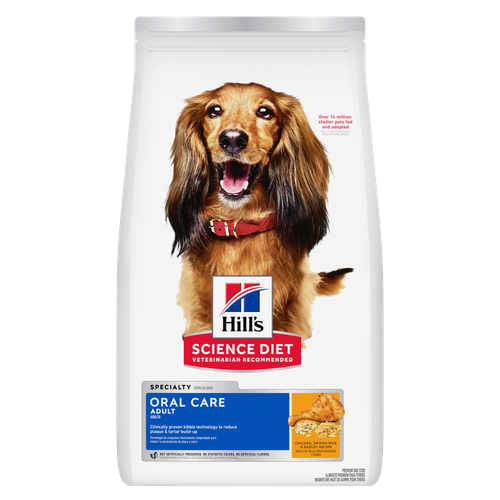 Hill's Science Diet Adult Oral Care Chicken, Brown Rice & Barley Recipe Dog Food
Hill's Science Diet Adult Oral Care Chicken, Brown Rice & Barley Recipe Dog FoodClinically proven kibble technology to reduce plaque & tartar build-up
Shop Now Adult Small & Mini Lamb Meal & Brown Rice Recipe Dog Food
Adult Small & Mini Lamb Meal & Brown Rice Recipe Dog FoodFor the faster metabolism of Small & Mini dogs
Shop NowFeatured products Adult Indoor Chicken Recipe Cat Food
Adult Indoor Chicken Recipe Cat FoodSupports energy level and beautiful fur in indoor cats
Shop Now Hill's Science Diet Adult Sensitive Stomach & Skin Dog Food
Hill's Science Diet Adult Sensitive Stomach & Skin Dog FoodHighly digestible recipe, gentle on stomachs. Nourishes skin & promotes a lustrous coat
Shop Now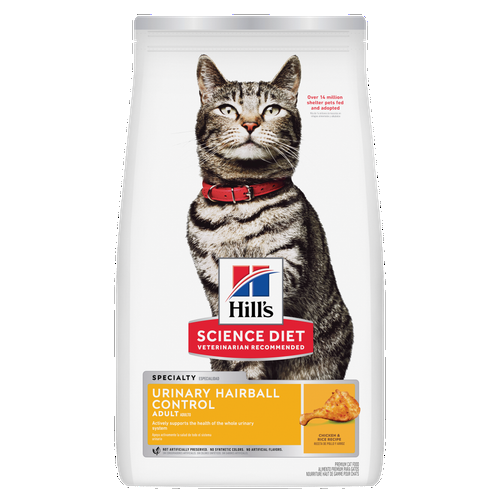 Adult Urinary Hairball Control Chicken & Rice Recipe Cat Food
Adult Urinary Hairball Control Chicken & Rice Recipe Cat FoodActively supports the health of the whole urinary system
Shop Now -
Featured articles
 15 Pet-Friendly Cities Ideal for a US Road Trip
15 Pet-Friendly Cities Ideal for a US Road TripCheck out our list of pet-friendly U.S. cities that are excellent travel options, offering off-leash dog parks and pet-friendly restaurants & hotels.
Read More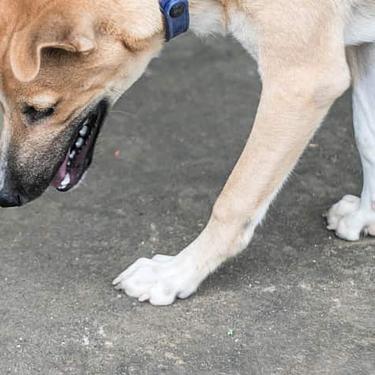 My Pet Ate a Lizard — What Should I Do?
My Pet Ate a Lizard — What Should I Do?Learn what to do if your pet eats a lizard, including whether they can be toxic and symptoms to keep an eye on when they've swallowed one.
Read More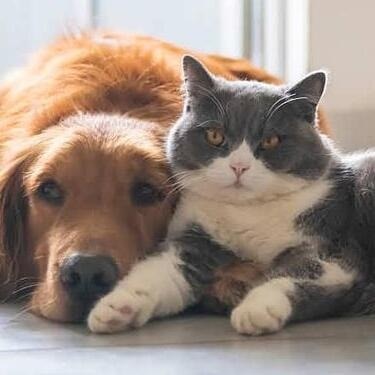 Easy DIY Dog & Cat Toys: Nine of Our Favorites
Easy DIY Dog & Cat Toys: Nine of Our FavoritesBrowse this comprehensive guide for several of our favorite DIY dog and cat toys that are sure to put a little pep in your pet's step.
Read More -


Making an Educated Choice
Cat food manufacturers use a variety of marketing tactics to encourage cat owners to purchase their foods. Many cat food companies are producing products that are marketed as being “natural”, a term which resonates with many cat owners who are seeking healthy choices for their cats. But what does the term “natural” really mean and does it equate with quality nutrition for your cat?

What Does 'Natural' Mean
The Association of American Feed Control Officials (AAFCO) has developed a definition for the types of ingredients that can be referred to as “natural”. These ingredients must be “derived from plant, animal or mined, unprocessed or subject to physical, heat, rendering, purification, extraction, hydrolysis, enzymolysis or fermentation, but not subjected to chemically synthetic process.” According to the US Food and Drug Administration (FDA), “for the most part, ‘natural’ can be construed as equivalent to a lack of artificial flavors, artificial colors, or artificial preservatives in the product.”
It's important to realize, however, that the term “natural” does not guarantee the quality of the cat food or that your cat will do well eating the food. Let’s talk about some of the things you need to consider when evaluating a cat food.


Tasty Tips
1. Is there a Balance of Nutrients?
Your cat’s food needs to be complete and balanced, providing all of the nutrients your cat needs to sustain life and thrive. There are six basic nutrient groups that need to be present in your cat’s food:
- Protein
- Carbohydrates
- Fat
- Vitamins
- Minerals
- Water
Each of these groups of nutrients plays a vital role in making sure your cat’s body function normally, and it is the ingredients in your cat’s food which are the sources for these nutrients. Each ingredient provides a unique set of nutrients. Whether “natural” or not, all the ingredients in your cat’s food contribute to the nutrient balance. No one ingredient can provide a properly balanced food by itself. However, a proper mix of ingredients will provide complete and balanced nutrition for your cat. Without the, proper mix of ingredients and the resultant balanced and complete nutrient profile, your cat is at risk for potential illnesses as a result of excesses or deficiencies of specific nutrients. No one item in the ingredients list is more important than any other, even if that ingredient is listed as the first ingredient on the list. An ingredient list simply provides a list of ingredients ranked by weight.
How do natural cat foods measure up? Compare and discover for yourself.
For the complete slideshow on ways to choose quality natural cat food, visit petMD.


One of our staff authors prepared this article for you
Related products
Related articles
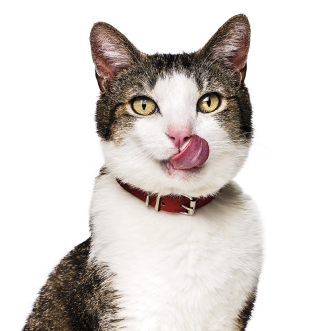
Put your cat on a diet without them knowing
Our low calorie formula helps you control your cat's weight. It's packed with high-quality protein for building lean muscles, and made with purposeful ingredients for a flavorful, nutritious meal. Clinically proven antioxidants, Vitamin C+E, help promote a healthy immune system.
Put your cat on a diet without them knowing
Our low calorie formula helps you control your cat's weight. It's packed with high-quality protein for building lean muscles, and made with purposeful ingredients for a flavorful, nutritious meal. Clinically proven antioxidants, Vitamin C+E, help promote a healthy immune system.

